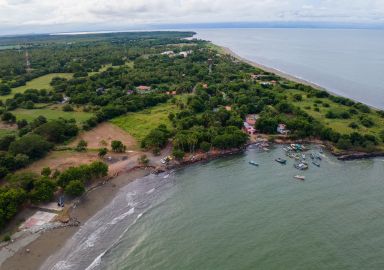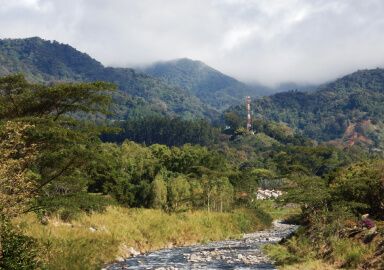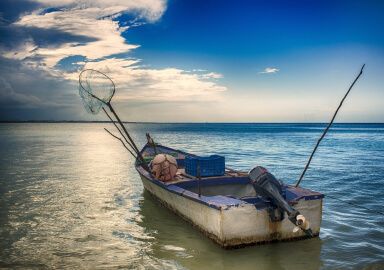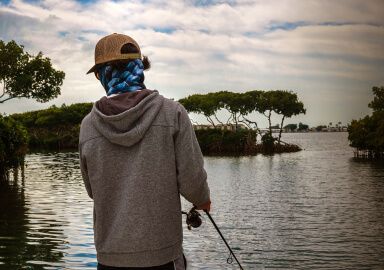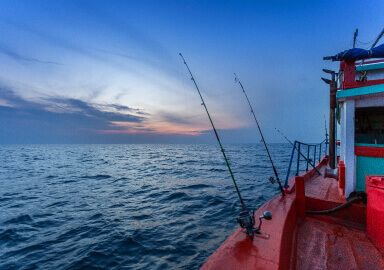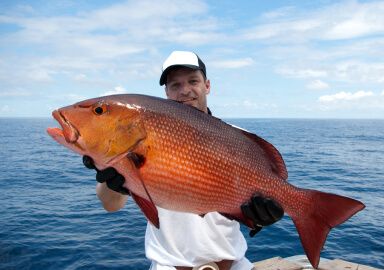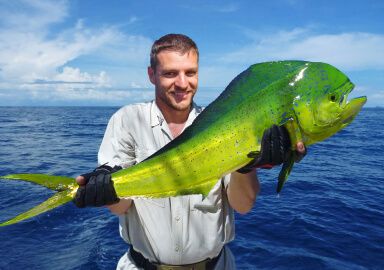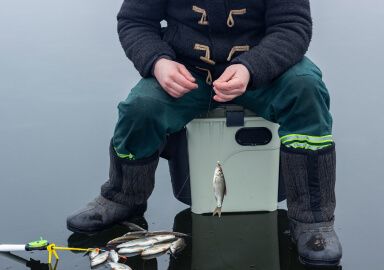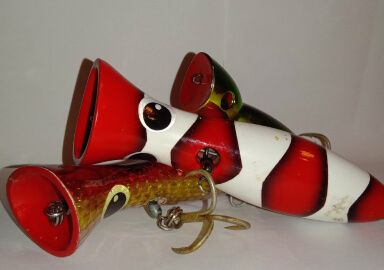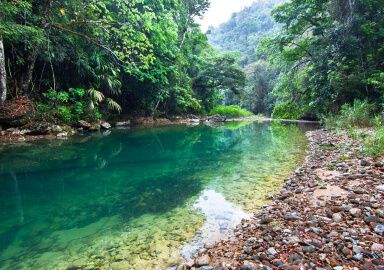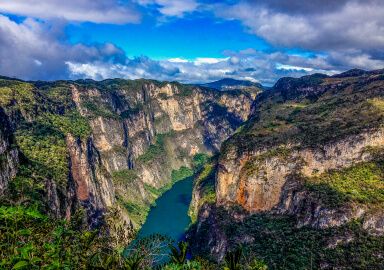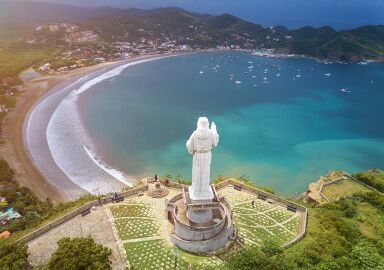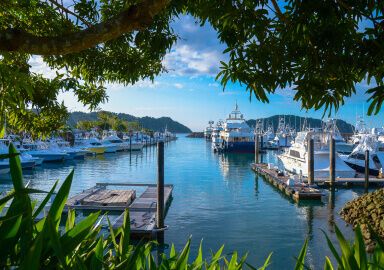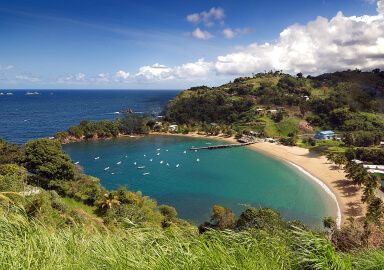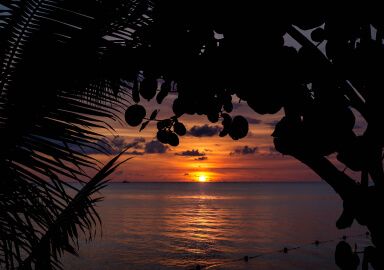Fishing in Panama
A small country with a big significance, both for international trade and for recreational fishing: Panama
View 6 listings
6
listings
–
price starting from
30
fish species
–
to the nearest trip
About Panama
Panama is located on the isthmus between North and South America, and is best known all over the world for the Panama Canal, joining the Atlantic and the Pacific Ocean. It figures that recreational fishing in Panama offers diverse experiences on both the Pacific and Atlantic coasts, each with its unique characteristics and types of fish.
Panama is one of the world’s top locations for recreational angling, and over 250 international fishing records have been set in Panama waters. Several famous fishing spots, including the Gulf of Chiriquí and the Pearl Islands, are located on Panama’s Pacific coast. These areas are known for their abundant pelagic species, and have often been cited as offering some of the best marlin fishing in the world. Hotspots on the Atlantic coast include the waters around Bocas del Toro and Portobelo. These areas offer a mix of inshore and offshore fishing opportunities.
The Pacific coast generally has calmer and clearer waters, especially during the dry season. It is more developed in terms of tourism infrastructure, which can make access to fishing spots and charters easier compared to some parts of the Atlantic coast.
The weather in Panama is mostly good all around, especially in the south of the country. Fishing for non-migratory species, such as amberjack, Cubera snapper, roosterfish and grouper can be good all through the year, while pelagics like dolphin (Mahi-Mahi), bigeye and yellowfin tuna visit the Panama coast November to April. And if you ever get tired of fishing, you can diversify your experience with a bit of bird watching or whale watching, especially in national parks such as Coiba National Park.
Fishing Types
Offshore fishing is what probably draws most anglers to Panama. On the Pacific Coast the abrupt drop of depth at the end of the continental shelf is located not far from the shore. As the result, fishing charter boats don’t need to make a very long journey before they hit the appropriate waters for deep sea fishing.
In addition to offshore fishing, Panama has some outstanding inshore fishing opportunities. In particular, it has numerous mangroves, in particular in the Gulf of Monjito. This unique ecosystem provides food and shelter for a variety of snappers and other fish species. Learn more about fishing in the mangroves from our blog. There are also excellent opportunities for flats fishing, especially on the Atlantic coast.
Targeted Fish Species
The two coasts of Panama have different marine ecosystems. The Pacific side is influenced by the cold Humboldt Current, bringing nutrient-rich waters. It is also deeper, offering perfect habitat for big-game fish such as black and blue marlin, yellowfin and bigeye tuna, sailfish and dolphin (Mahi-Mahi), locally known as dorado for its golden colors. Closer to the shore you can find various species of grouper and snapper, barracuda and roosterfish. Albacore tuna, bonito, Spanish mackerel, dog snapper and wahoo are also among the catch of the anglers in Panama.
The Atlantic coast of Panama, by contrast, has warmer, clearer Caribbean waters, supporting different types of coral reefs and fish species. Tarpon, snook, jack crevalle and barracuda are the most commonly pursued fish species there, although a bit farther ashore you can have some good fishing for sailfish and wahoo as well.
Fishing Techniques
On the Pacific coast, offshore fishing for large game species is predominant, with techniques like trolling and live baiting being most effective. Heavy tackle is essential to bring such giants as sailfish and marlin to the boat. While good fishing is available year-round, the best months are typically from December to April when the waters are calmer and clearer. Inshore, trolling with light tackle along the mangroves is an effective tactic for the mangrove snapper and other predators waiting for their prey in ambush among the roots. Casting spinning lures or fly-fishing is also an option.
The best fishing on the Atlantic side is often from January to May, although tarpon can be found year-round. The weather on this coast is trickier and more capricious compared to the Pacific. The focus is often on inshore fishing using light tackle or fly fishing gear, particularly in the shallow waters and flats.
